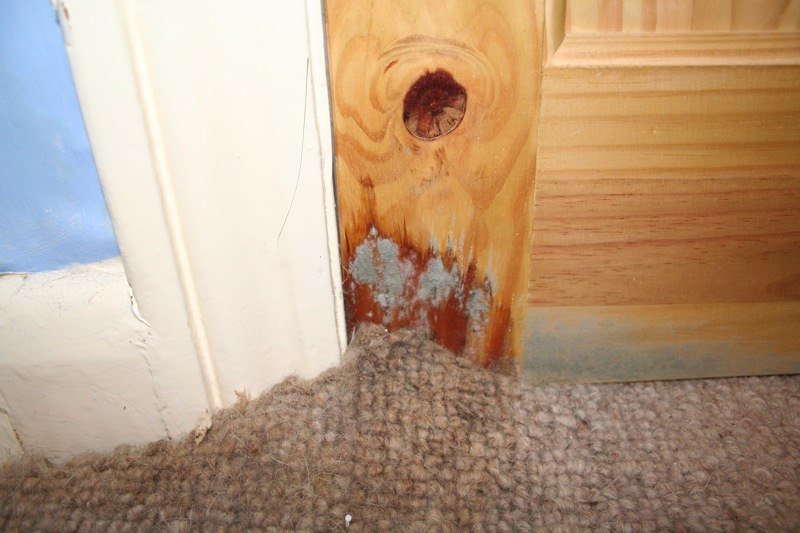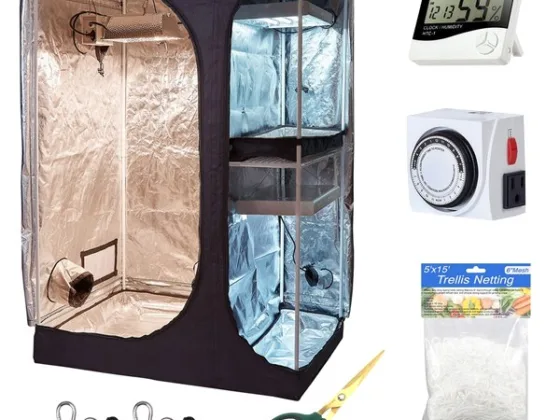We have all been subjected to water damage once in our life. Honestly, it is one of those unavoidable circumstances that one needs to go through at least once at the home or the workplace.
In the following article, we have listed a total of six amazing DIY hacks to go for once you have suffered water damage. For more information and expert help in case of a severe accident, contact the Servpro water damage repair services immediately.

The General Information You Ever Needed about Water Damage
Read Also:
Understanding the Different Types of Water
This sounds like an oddball of a fact, doesn’t it? Well, the truth is there are three types of water. The first being the clean water from rain, condensation, and pipe leakage. This type of water is harmless in the sense that they do not contain pollutants or germs.
The second type is the gray water from the dishwashers, toilets, and washing machines. It has a few contaminants mainly oils and soap suds.
The third and the most complicated form of water damage is the black water damage, which is from the sewage or severe flooding of rivers and lakes. This type of water will surely contain bacteria and other harmful chemicals and almost always requires the experts to clean and repair the ensuing damage.
Always keep a simple fact in mind; the cost of water repair damage when you hire an expert is at a per square footage area rate. So, the more significant the damage, the higher is the cost.
Inspect for Mold and Rot
Water damage and moisture usually lead to mildewing or mold formation in the affected areas. Mold can start growing at an alarming rate within 24 hours. Mold and mildews are surefire signs of possible water damage and need your immediate attention.
Often, you will find molds in attics or the garage. This happens due to condensation. In case of a severe issue of molding, you need to cut off the airflow as spores can cause respiratory ailments.
Additionally, keep in mind molds grow well in damp and dark environments, so you would do well to check under the floorboards as well.
Drying Out the Affected Area
To avoid complications, you need to start drying out the affected area as soon as possible. Monitor the small leaks and use a fan or a dryer to dry out the field. In case of more significant area damage, use an industry-grade dehumidifier to dry the floor, ceiling, and walls.
Removing the Damaged Materials
This includes the various porous materials that have been destroyed by the water. The list includes carpet, insulation materials, and fabric along with any other similar items. Water damage to porous materials causes shrinking and warping which means it is better to get rid of them.
Disinfecting
After you have dried out the area and removed all damaged materials, you need to sanitize the area using the common bleach solution. Spray and wipe to remove all the spores.
Focus on the Ceilings
Ceilings are the greatest risk in case of water damage since it might cave in if it starts to sag. Remove the affected ceiling panels and boards. The ceiling might get damaged due to a roof problem. So, make sure you restore your roof if it is leaking and ensure that there is no structural damage to the rafters.
Follow these simple and easy-to-follow hacks in case you have suffered sudden water damage.










